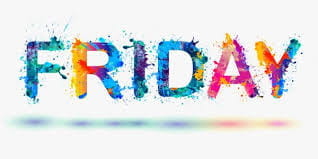

Learning Intention: We are learning to summarise and highlight important moments in a text.
Success Criteria: We can:
- Listen and read our biographical texts
- Identify the main ideas and supporting details of a chapter.
- Complete chapter review summaries at the end of a chapter.
- Demonstrate our strong understanding of the texts we read in summary form.
 Read to self – Ensure you have read a whole chapter.
Read to self – Ensure you have read a whole chapter.
Today’s Activity: This week we have been working on SWBST summaries. Please now take the time to complete a chapter summary on the chapter you just read in your read to self time.

Complete your Main Idea and Supporting details Summary (SWBST) in your reading homework book or on this proforma.

Learning Intention: We are learning to work as a team to plan, research and write an Information Report on a foreign country.
Success Criteria:
- I can participate and collaborate as part of a team.
- I can plan a piece of writing with other students.
- I can research information about a country and paraphrase information into my own words.
- I can include features of an information report; graphs, labelled pictures, subheadings, diagrams, etc
- I can complete my allocated tasks on my own.
Activity: Finish off your 3 subheading slides.
Before posting your slide, please make sure you have:
- Edited your writing – re-read your writing and check that you have:
- Included capital letters and full stops.
- Spelling
- If your writing makes sense (do you need to add a word or take a word out)
2. Check that you have:
- Written your information in your own words.
- Included: a heading, labelled pictures and diagrams on each slide.
- Creatively designed your slide.
Activity 2: If you have finished your slides:
Writer’s Notebook Activity
Create a Unique Superhero Character
Today, we are going to create a unique superhero character using noun phrases.
What are noun phrases?
A noun phrase includes one noun as well as words that describe it. For example, the black dog, dynamic dangerous arms, laser beam eyes, razor sharp fingernails, x-ray vision, etc.

- Think of a noun phrase for each letter of the alphabet. (refer to picture below).
- How does your superhero receive his/her powers?
- Give your Superhero a name.
- Draw a picture of your superhero.
Print off this worksheet or write your answers in your Homework book
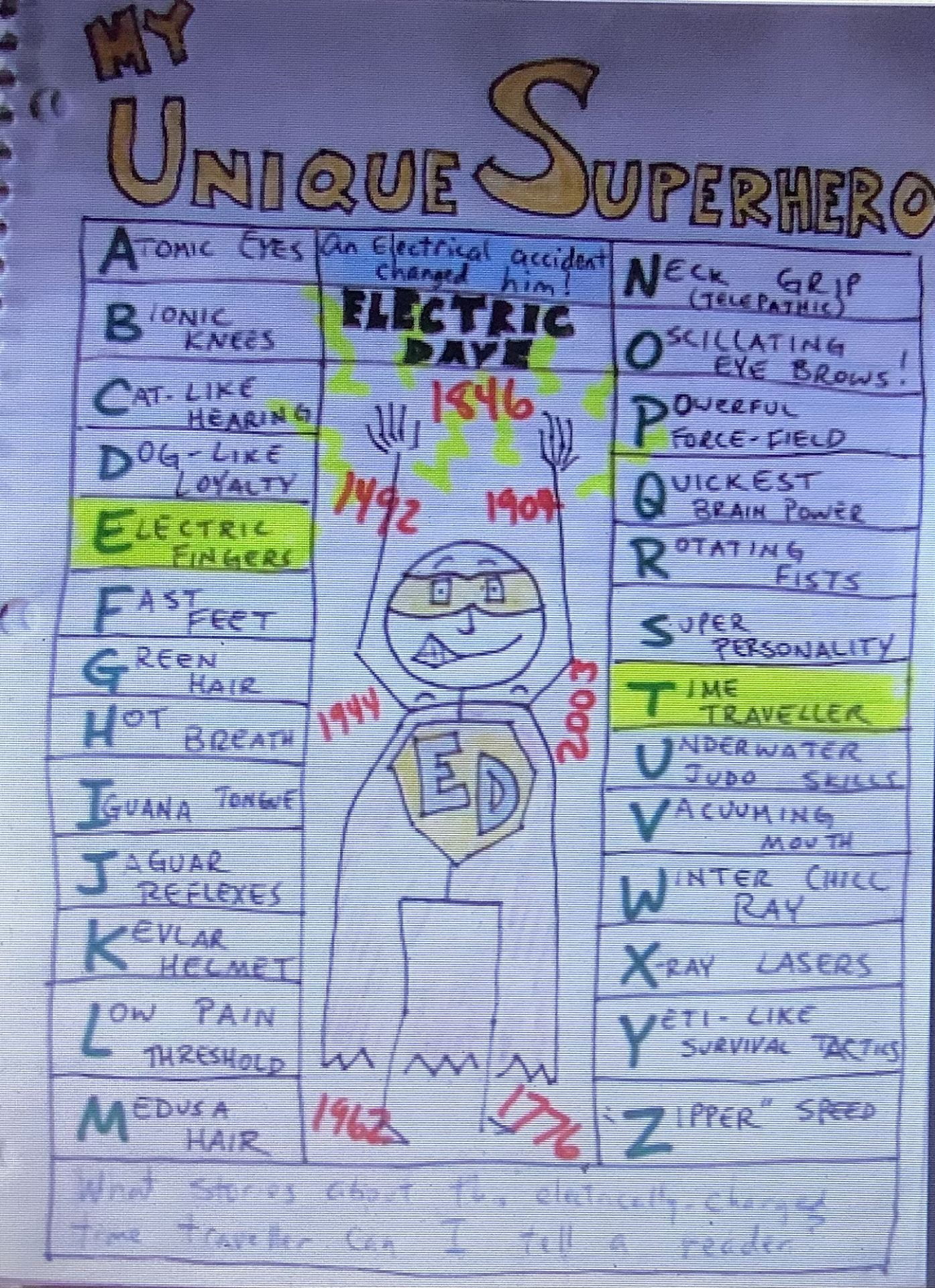

Today we are going to celebrate our hard work during Term 3, by engaging and enjoying some educational board & card games – with a math focus.
Learning Intention – We are enjoying a board/card game which requires mathematical understanding and fluency
Success Criteria
# I can identify an approved board/card game with mathematical benefit off the list
# I can locate the necessary materials and equipment to play and enjoy this game
# I can play this game without interruption or distraction until the game is over
# I can pack away the game materials when the game is over
# I can display modesty if I win the game, and offer congratulations if I lose
Here is the approved list

Approved Math Educational Board Card Games List
Now some of these will require the actual board game to play. Or you might be lucky enough to have the iPad app version. There are plenty of other games on this list, with an education benefit for math understanding & fluency, that can still be enjoyed today without the official board game.
They can also be enjoyed without the luxury of a printer.
You may have some of these materials handy: Coloured pencils, blank paper, grid paper, dice, pack of cards.
Below are digital copies of some approved games on the list. Please use them to copy the desired game onto some paper.
Land Grab
Can be played with more then one person. The idea is to multiply 2 dice together, then colour in the required size shape onto the grid paper – aiming for a rectangular shape. Eg: 3 on one dice and 2 on the other = 3 x 2 = 6. Colour 3 boxes across and 2 boxes down. Make a rectangle in your colour. The winner is the person who ‘grabs’ the most ‘land’ on the paper.
Yahtzee
5 dice are required to play this game, but it’s a classic. You can get by with less than 5 dice if you don’t have enough.
Mastermind
You can actually play this game successfully with paper and coloured pencils. Another classic.
Battleship
One of my all time favourites. Just as fun on paper, as it is with electronic or official versions of the game. There are some good ones on the App Store too.
battleships game board – math resource
31 – card game
For this game, you ideally need at least 3 players (min). You’ll also need a pack of cards and some paper to keep score.
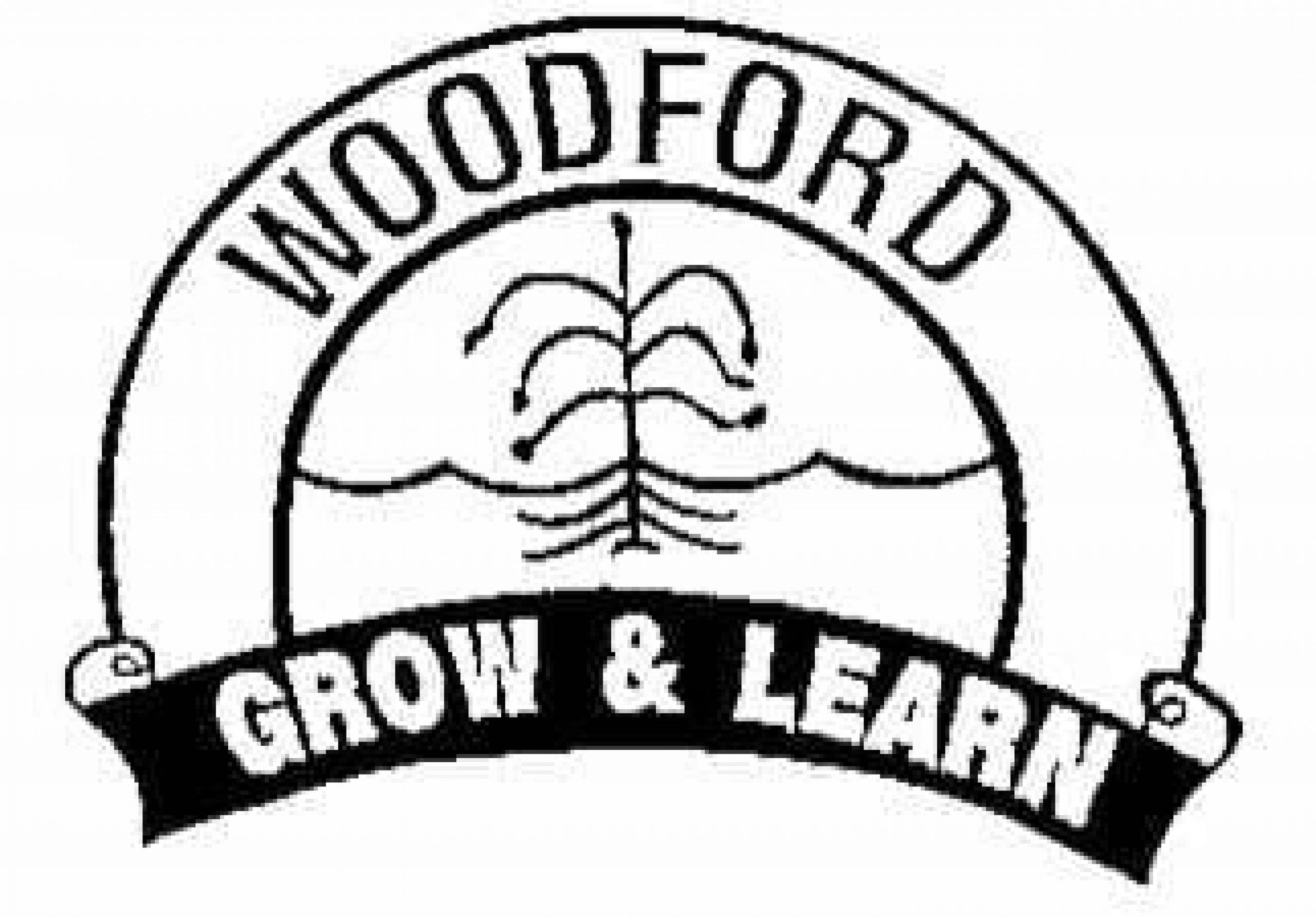

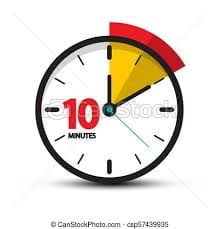

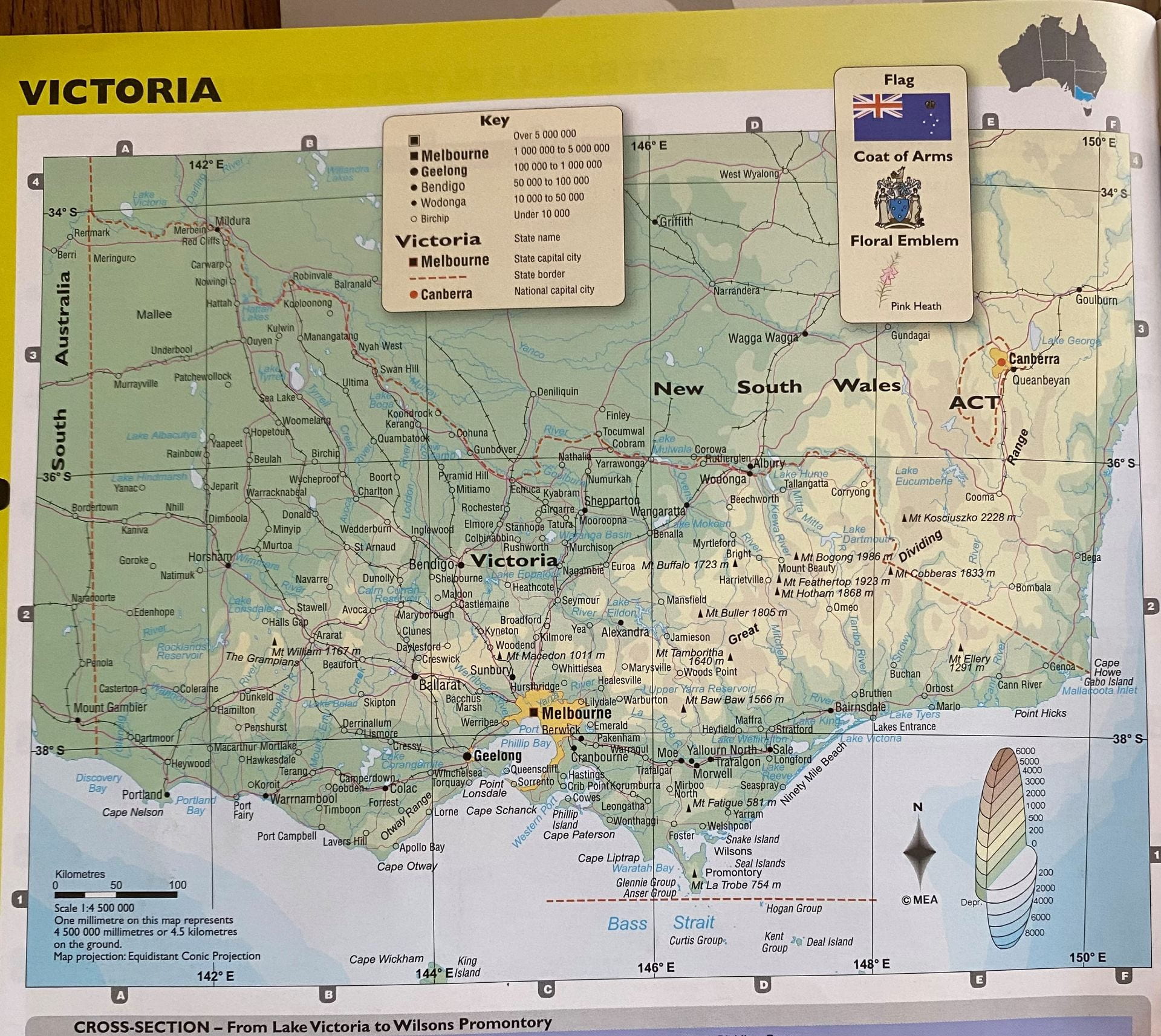
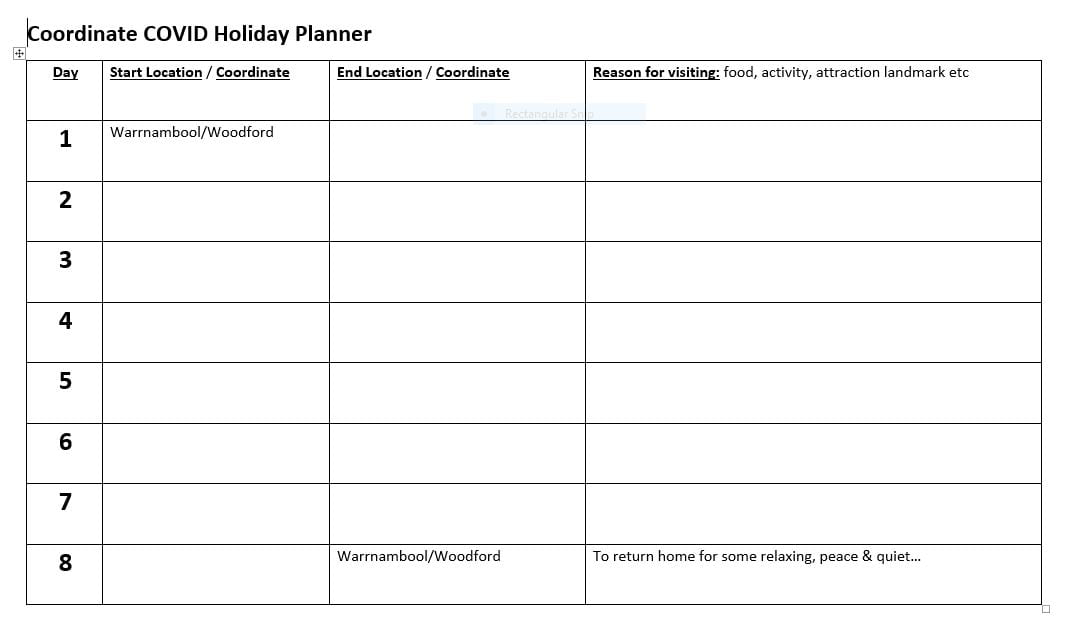
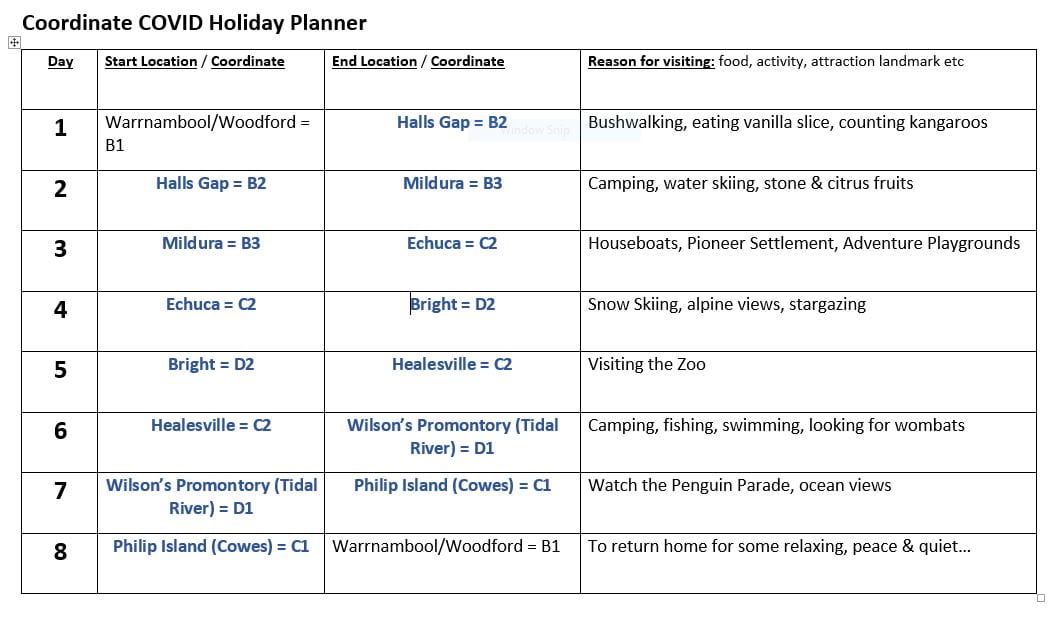
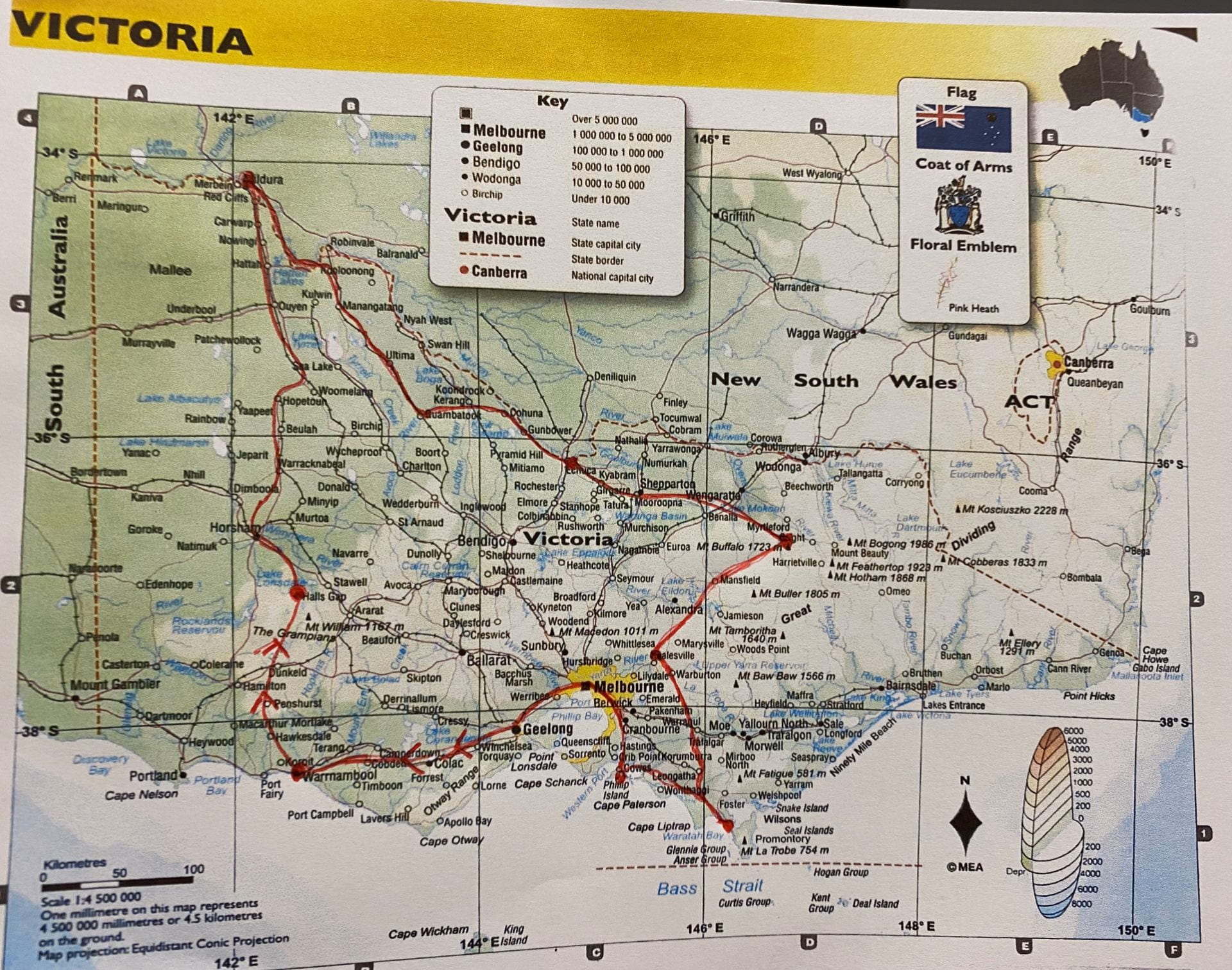

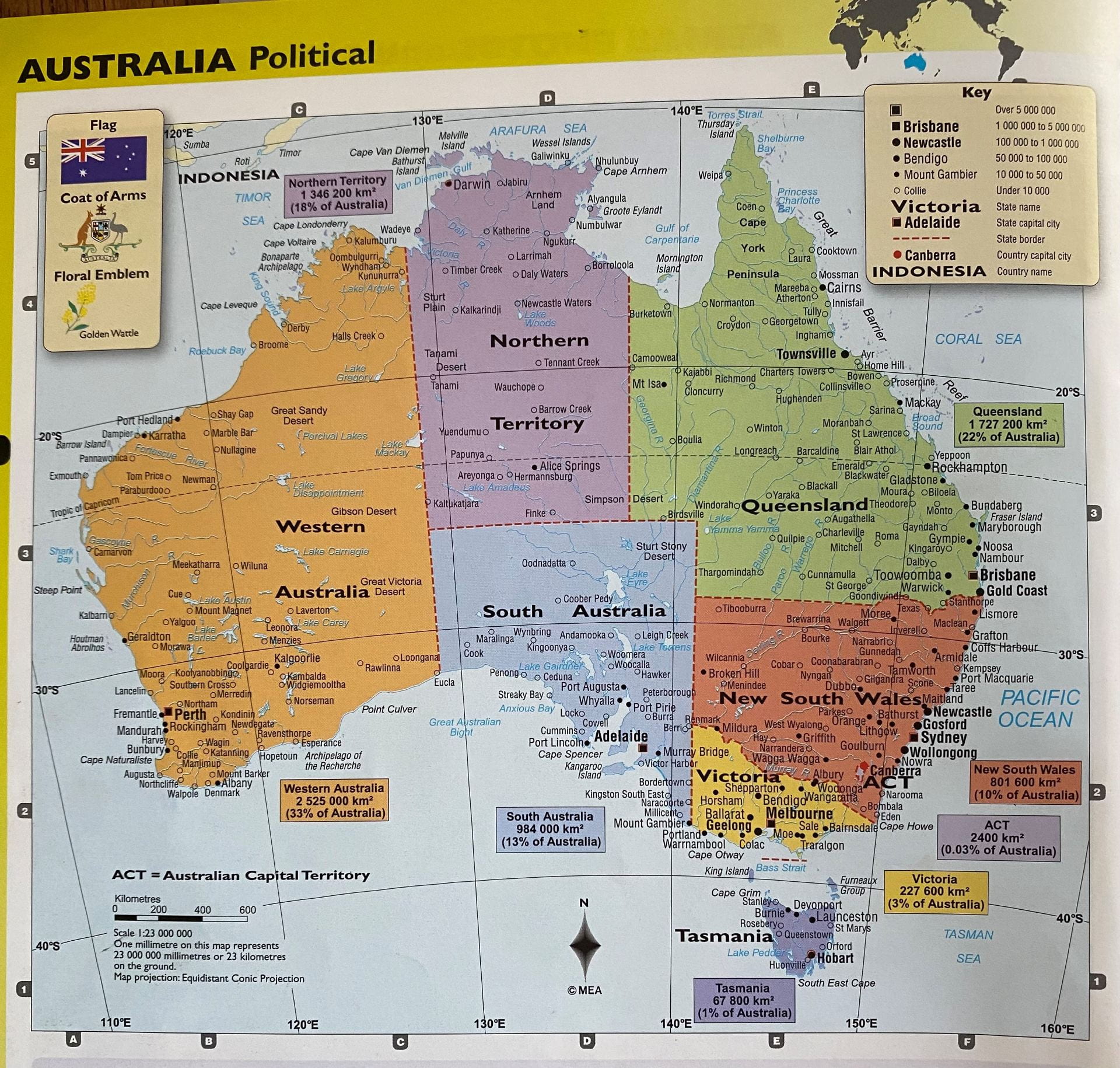
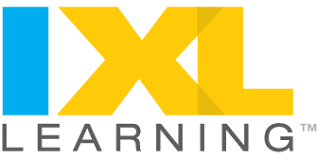

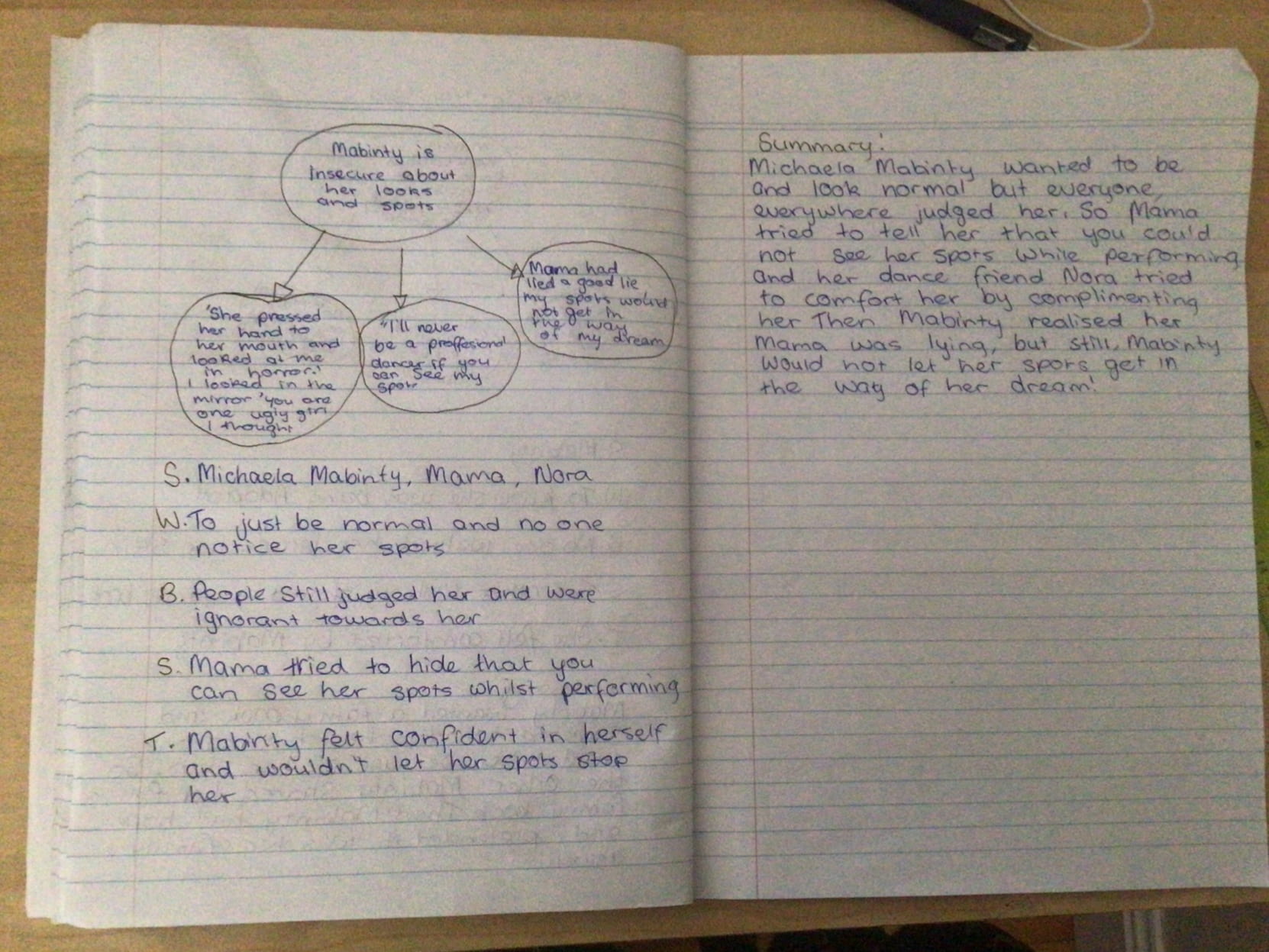

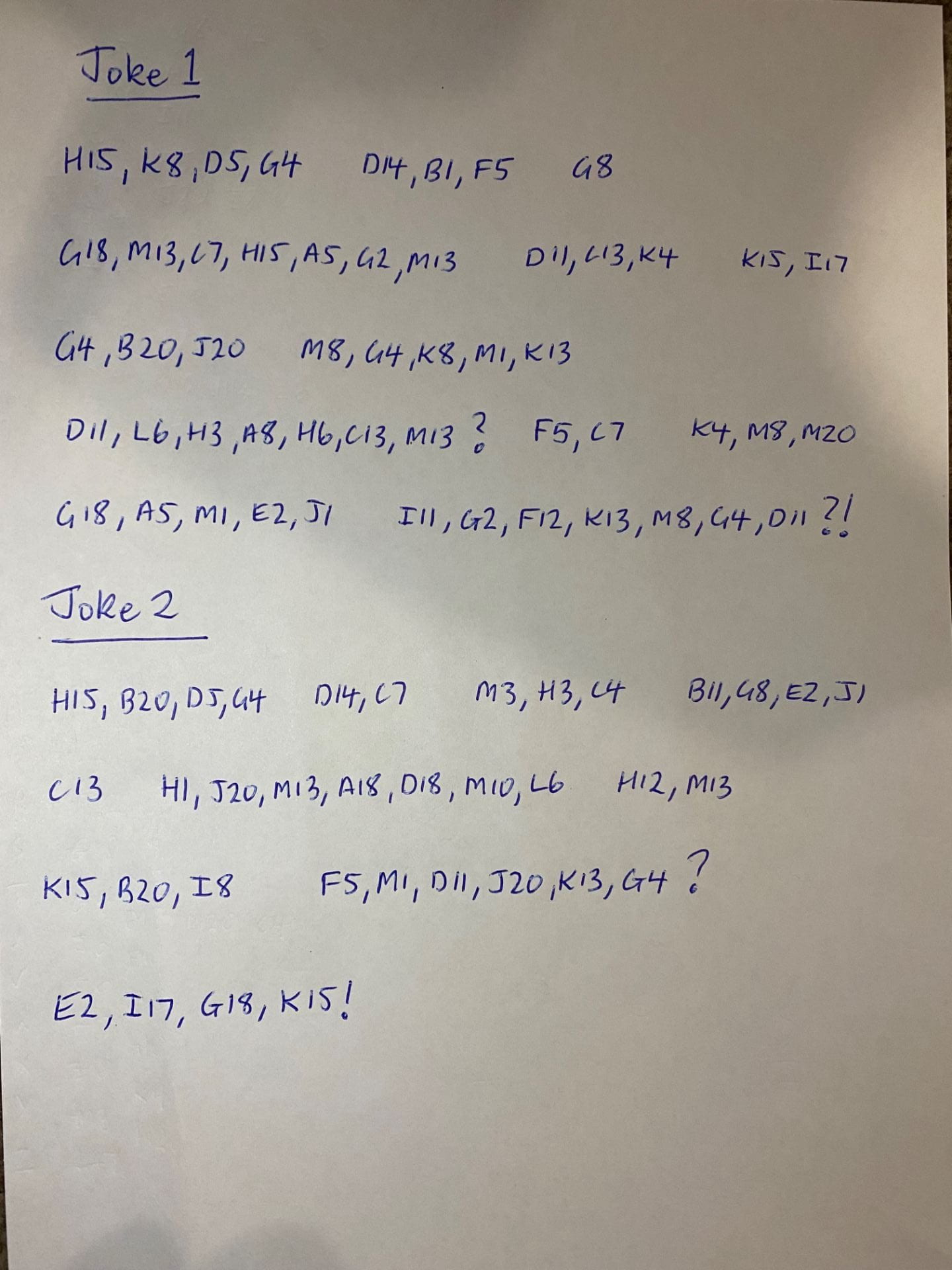
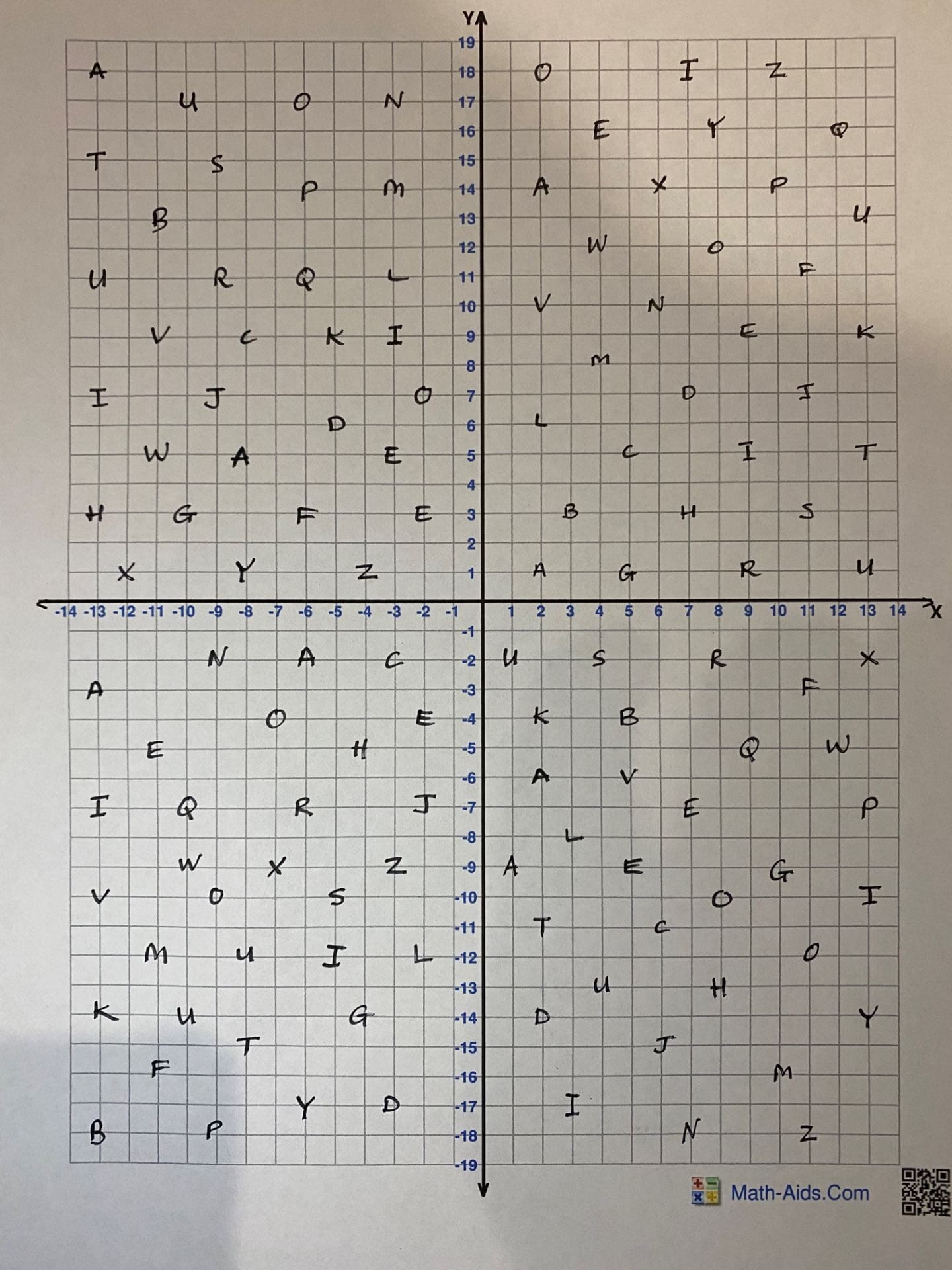



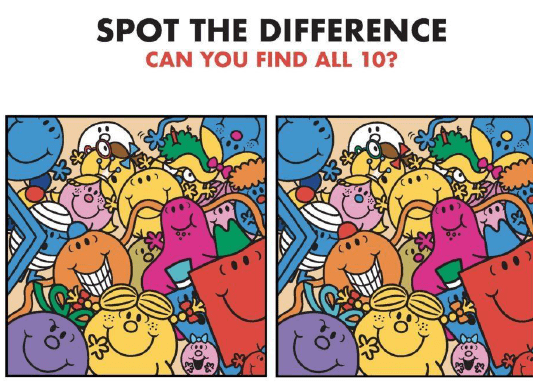
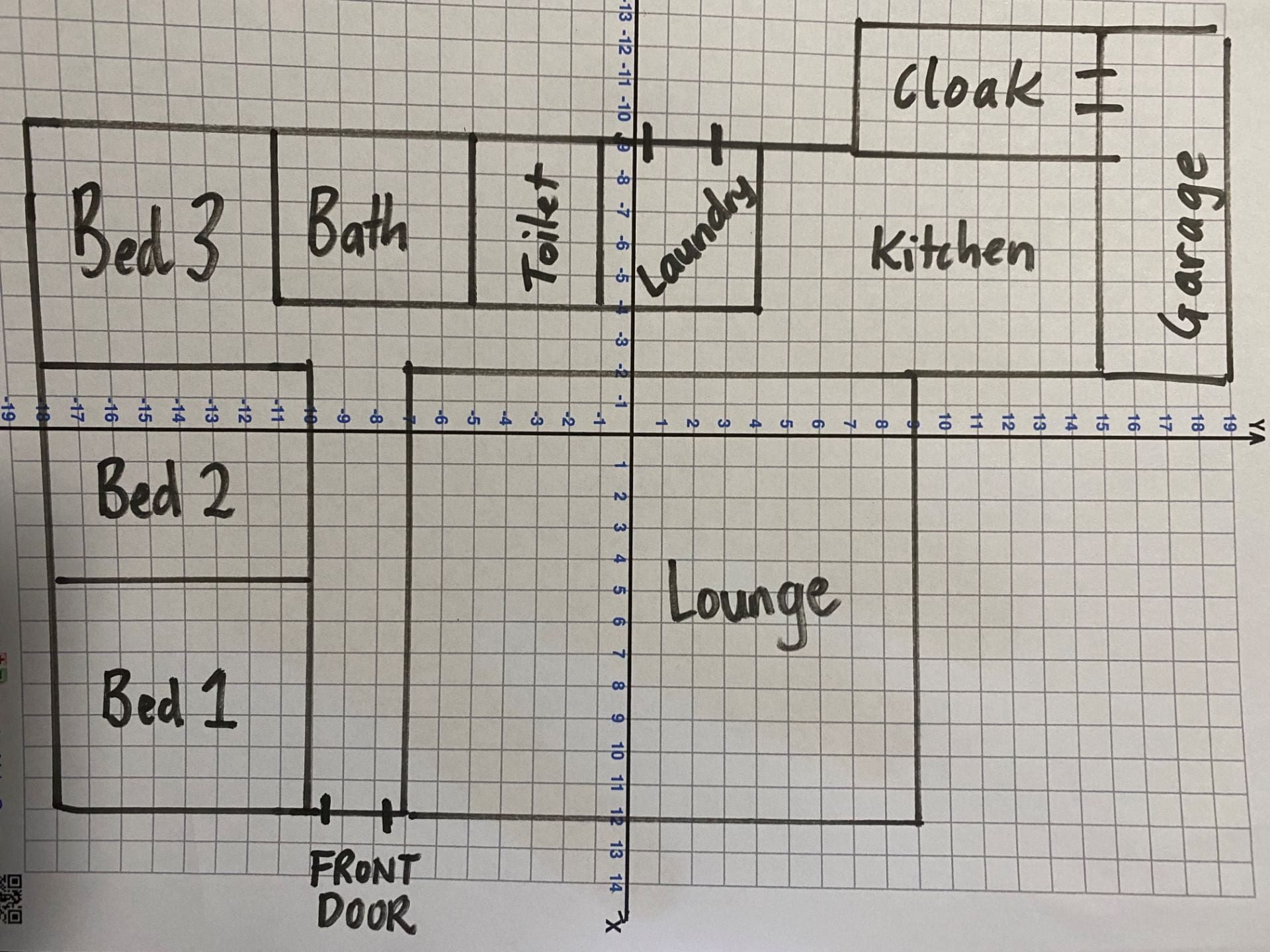

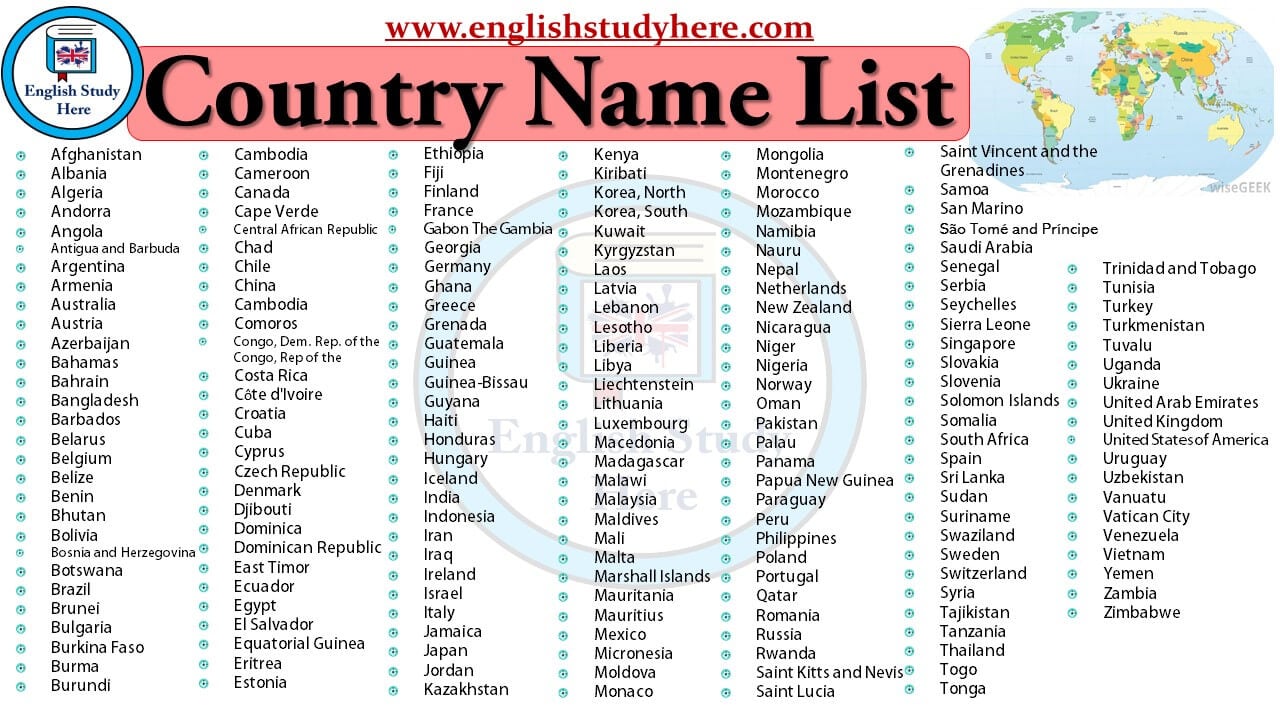
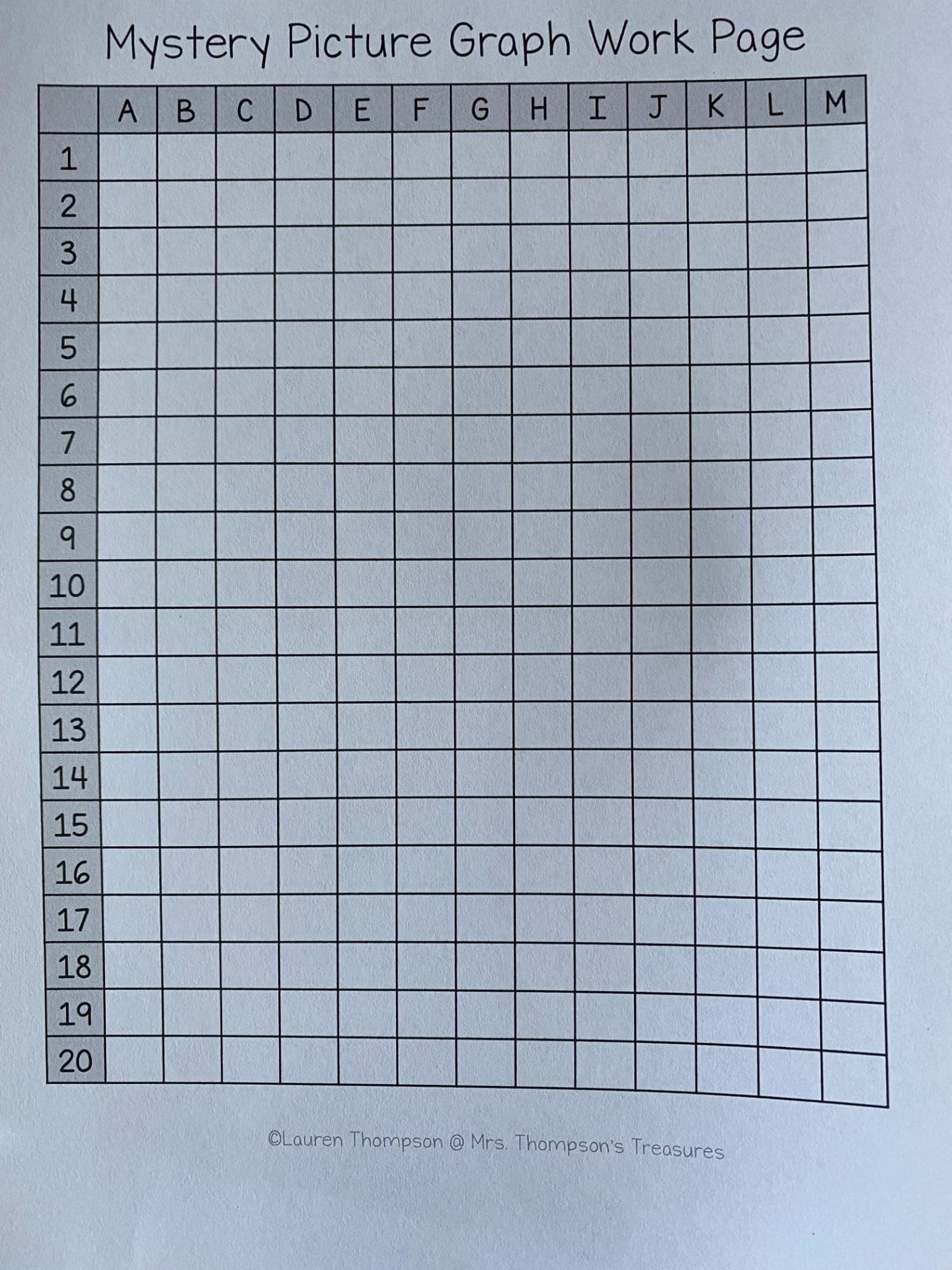
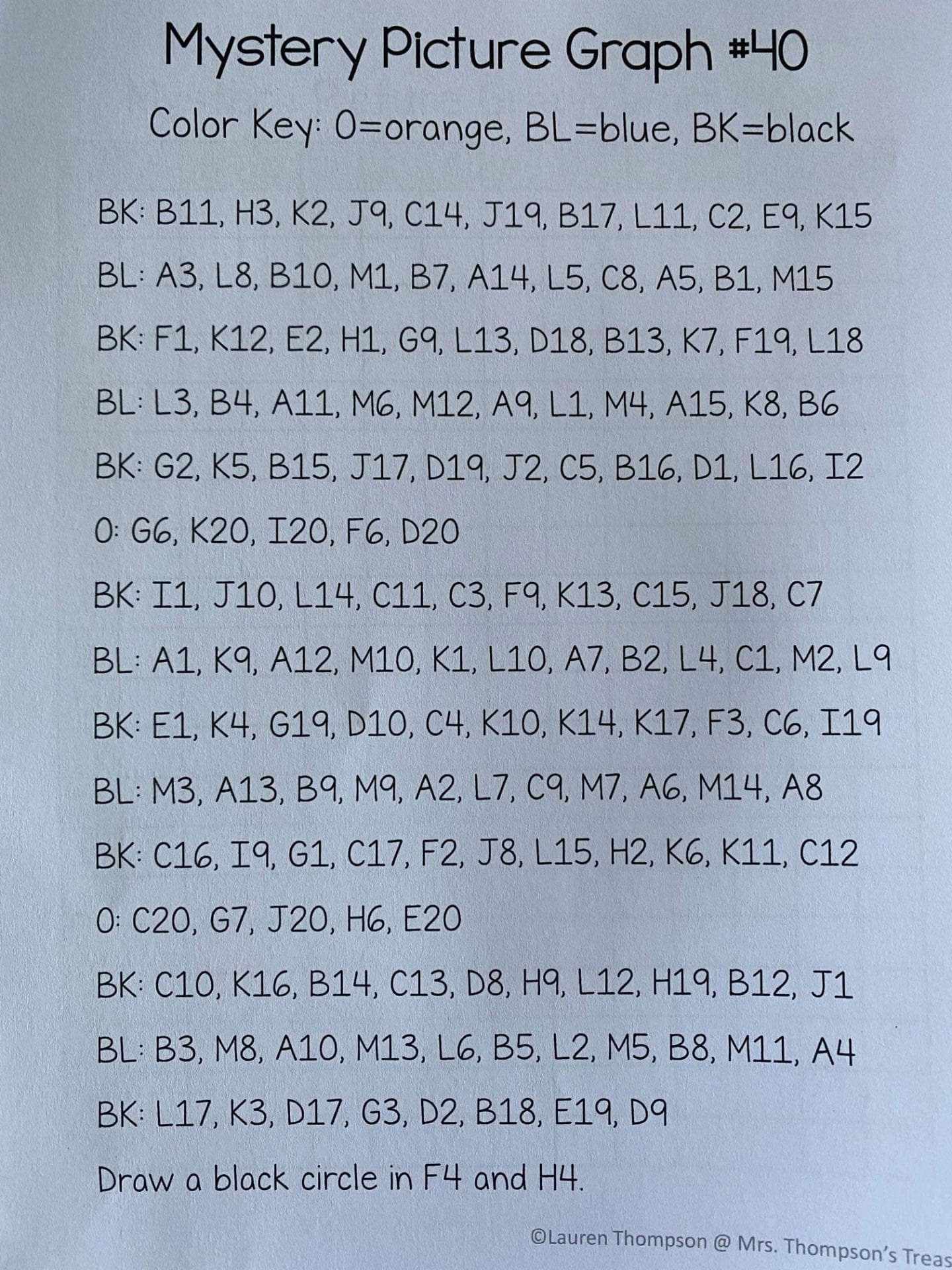


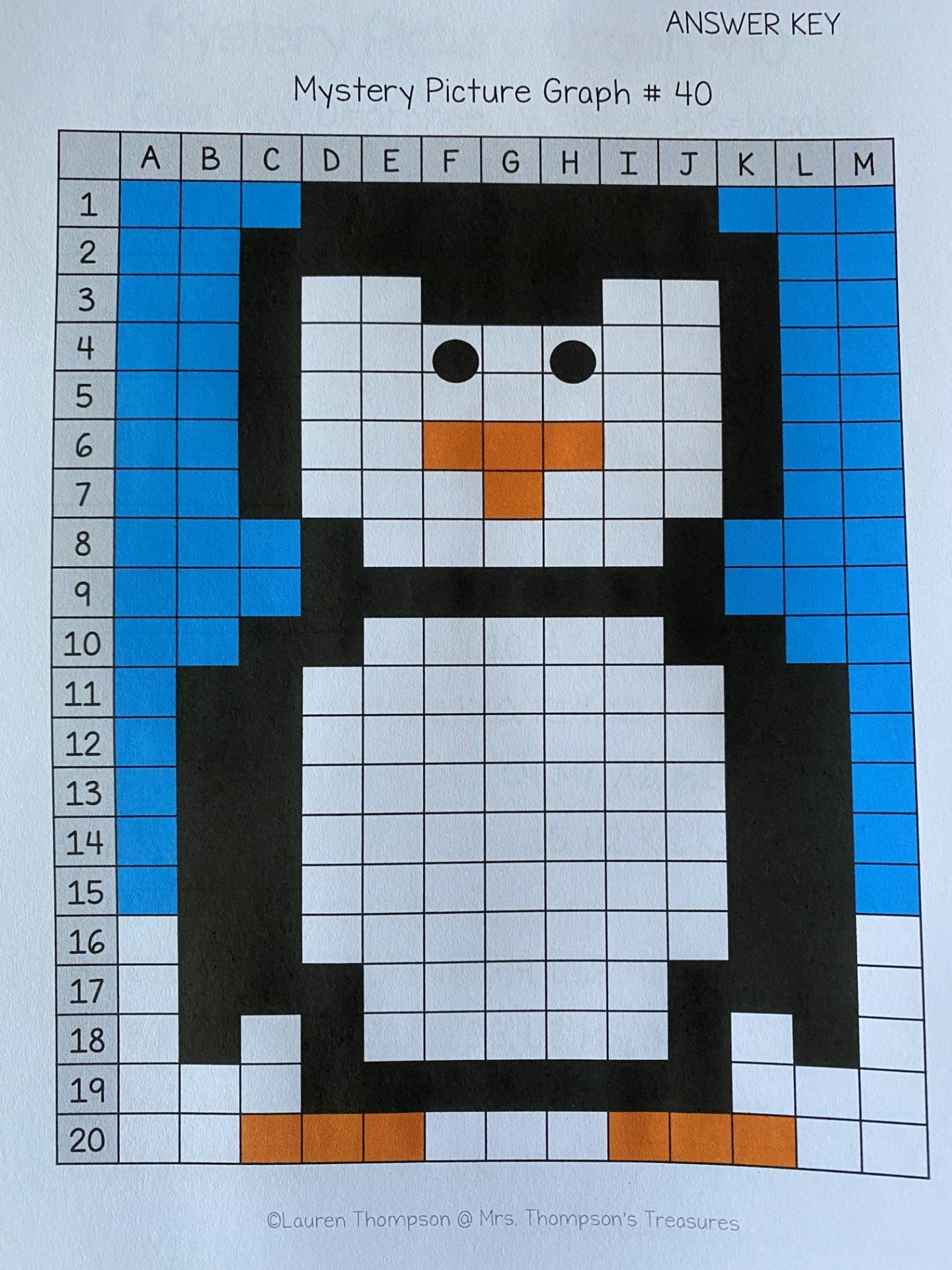
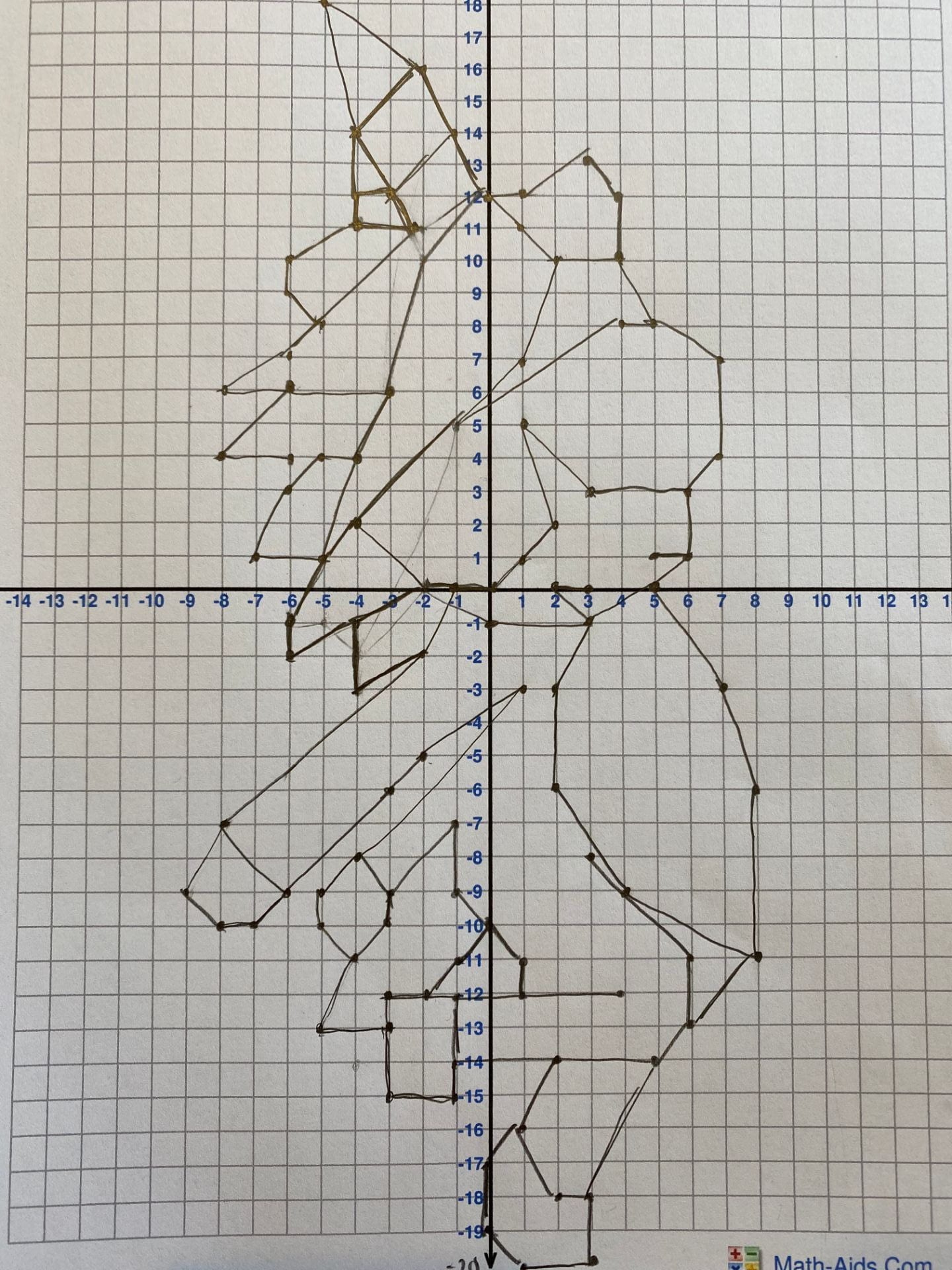

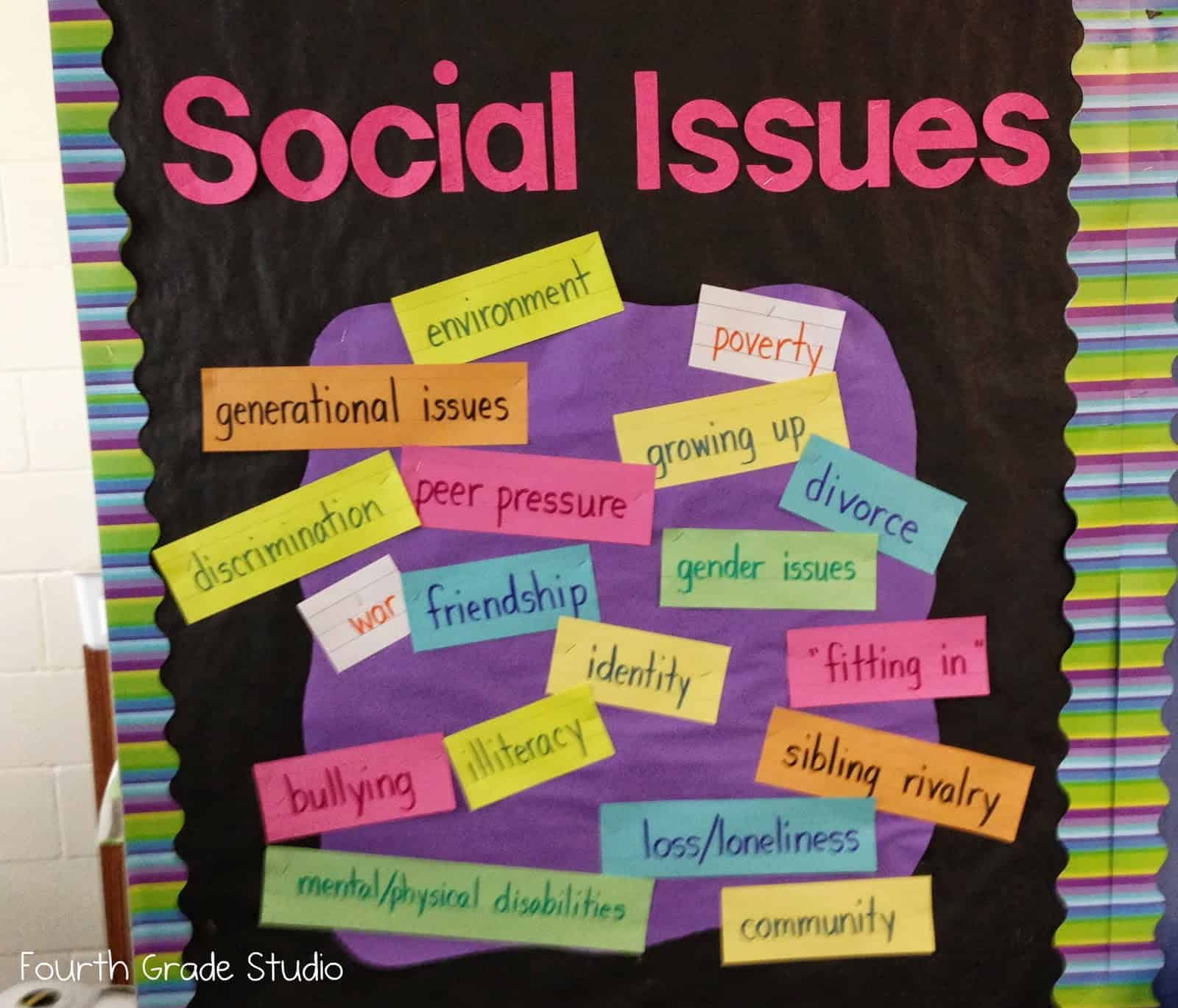

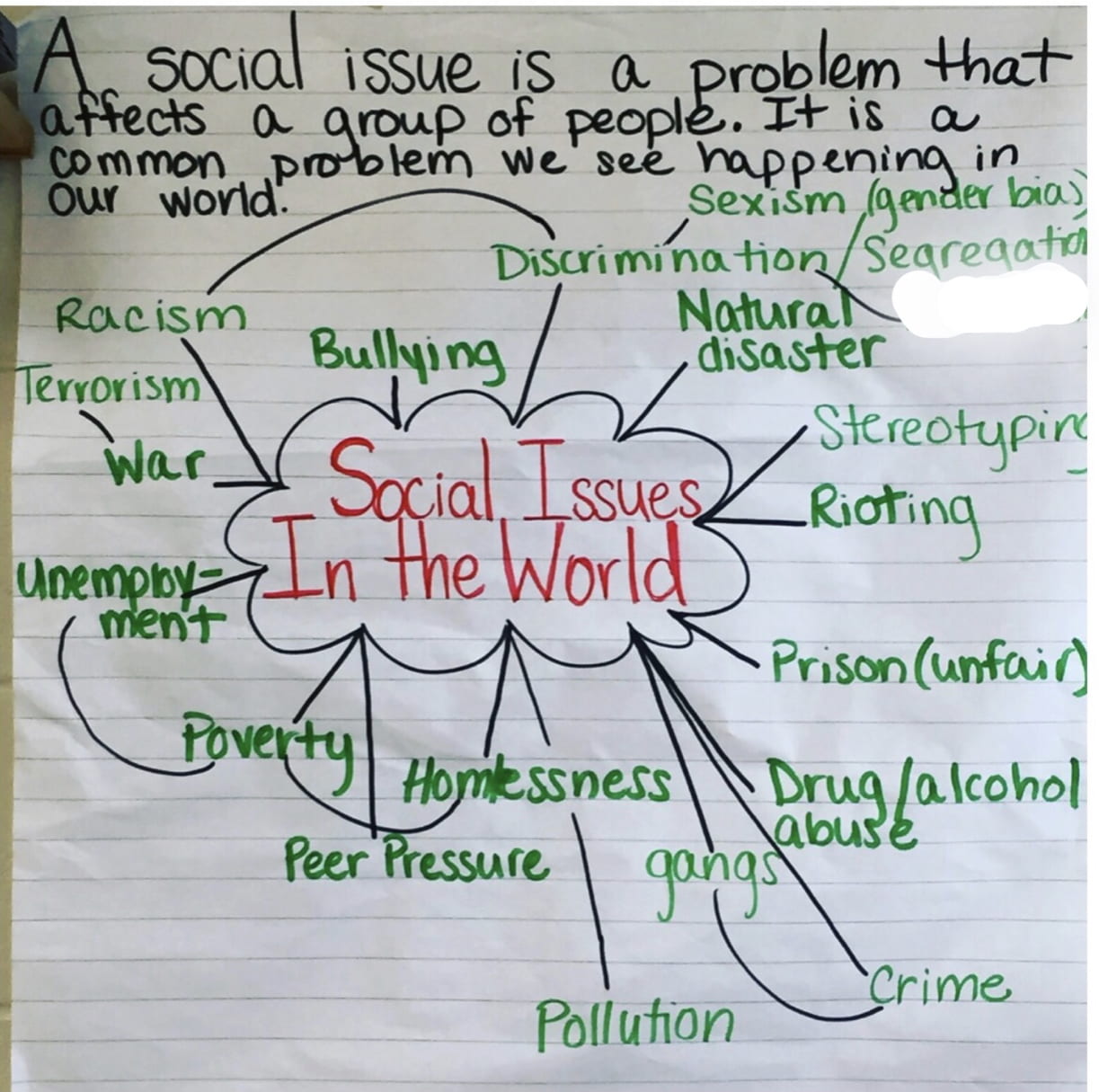
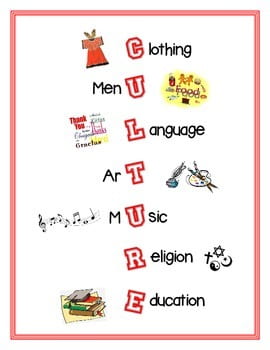






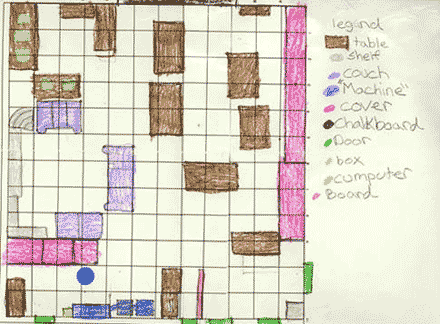

 (PE)
(PE)
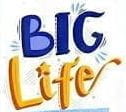

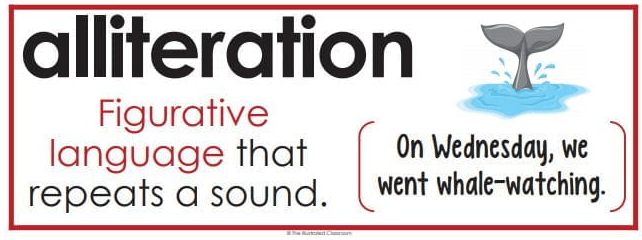
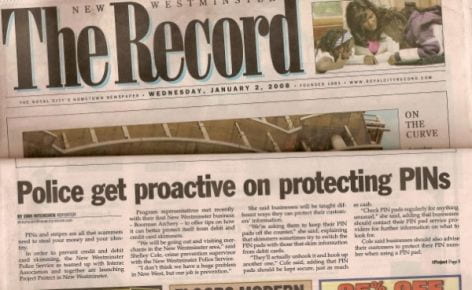



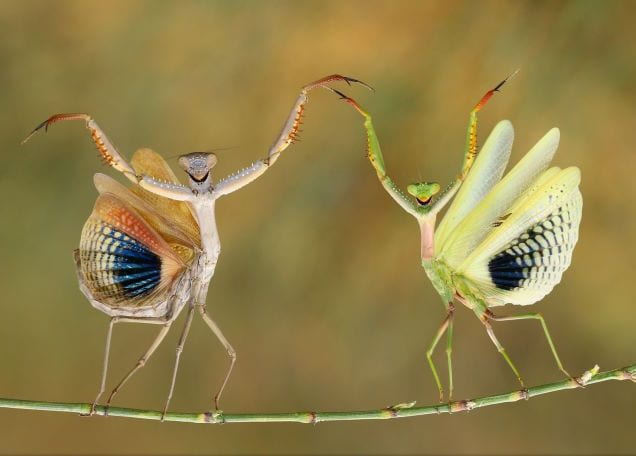

 Rainbow Write your counting pattern:
Rainbow Write your counting pattern: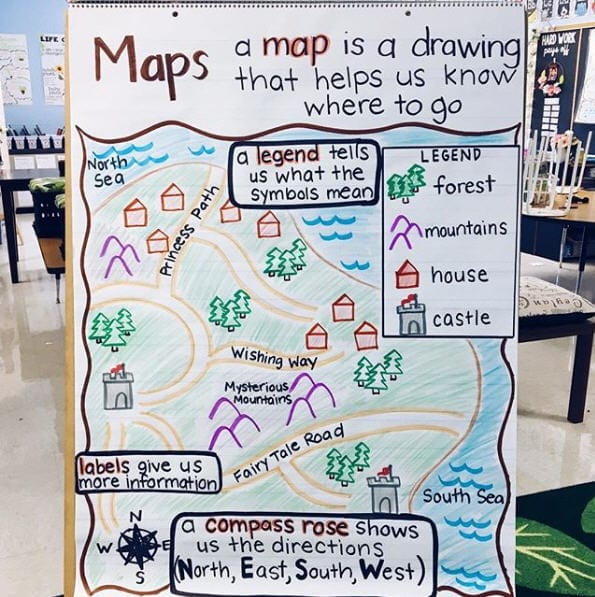

 Today we are looking at our multiplication skills. Log into your essential assessment and complete your multiplication post test. Contact your teacher if you need your log in details. This will be completed on the class webex to ensure testing conditions.
Today we are looking at our multiplication skills. Log into your essential assessment and complete your multiplication post test. Contact your teacher if you need your log in details. This will be completed on the class webex to ensure testing conditions.
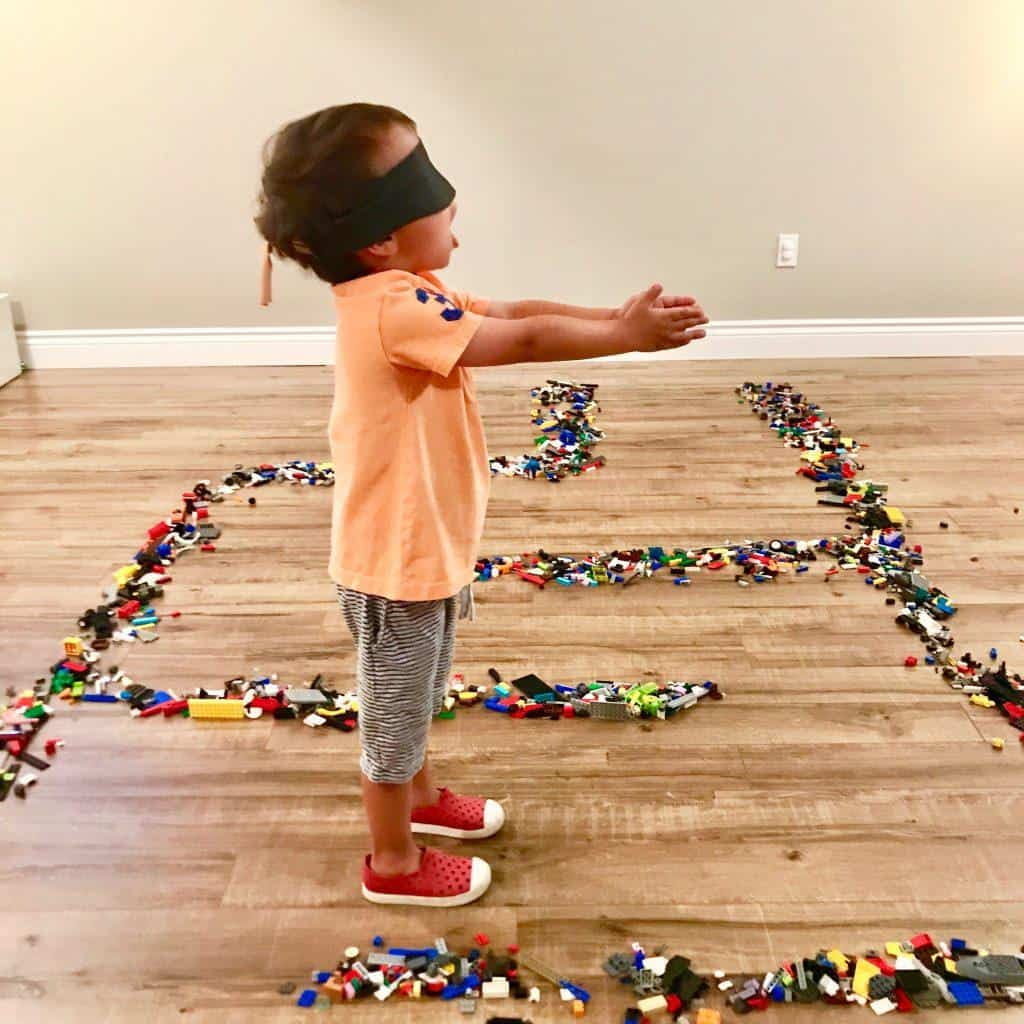

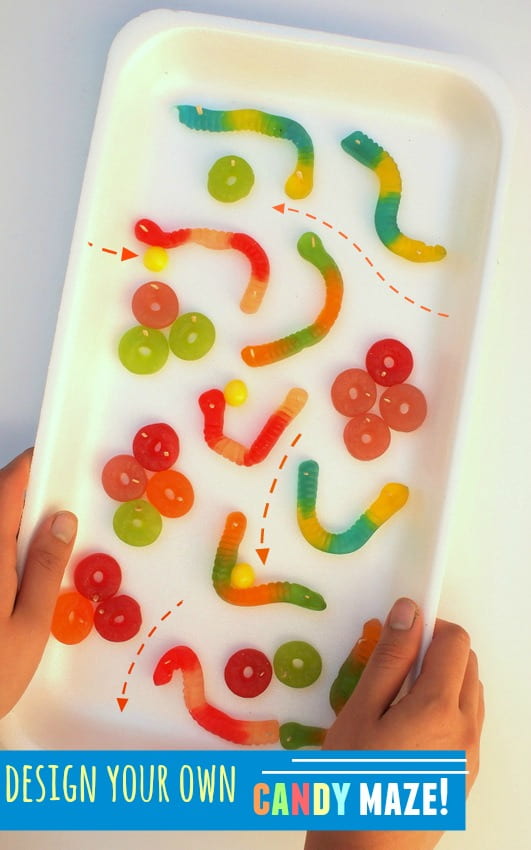
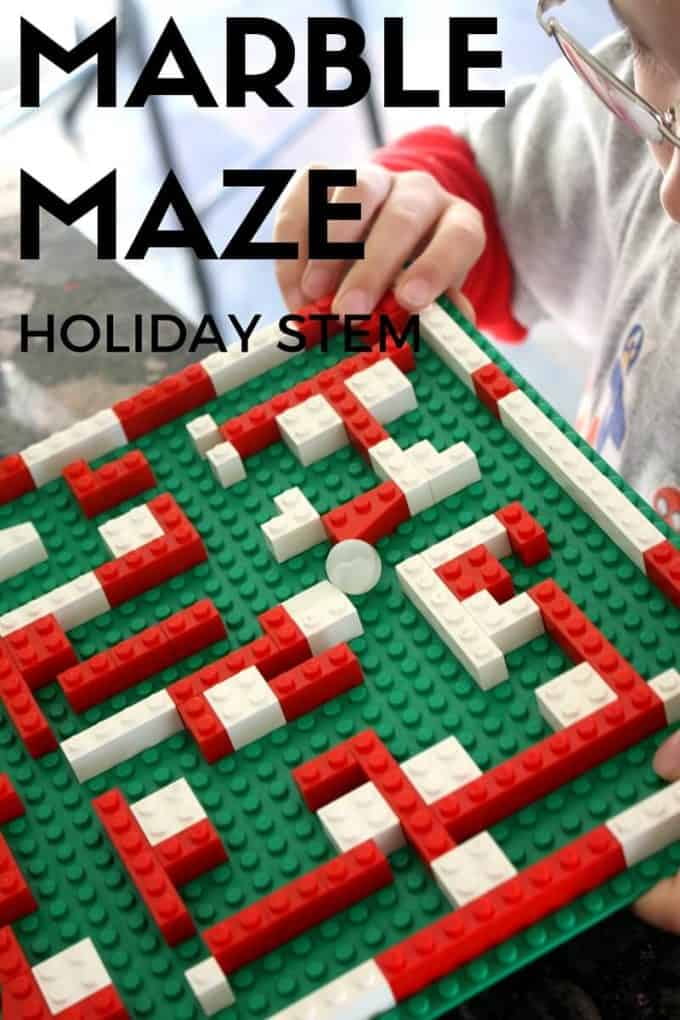



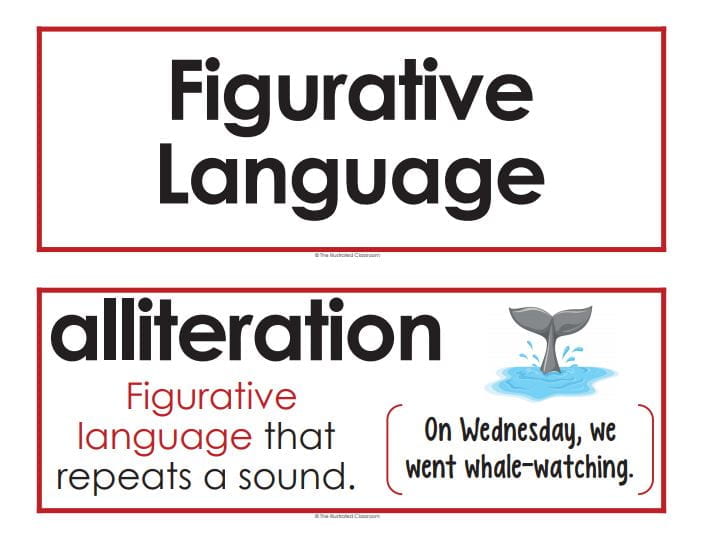

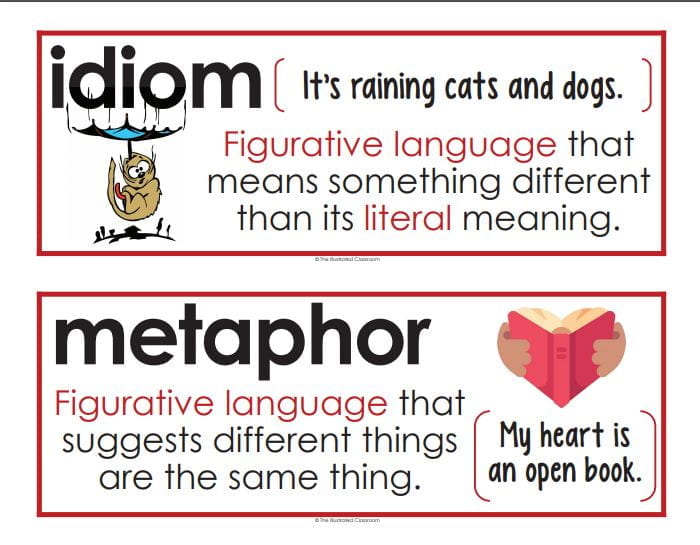
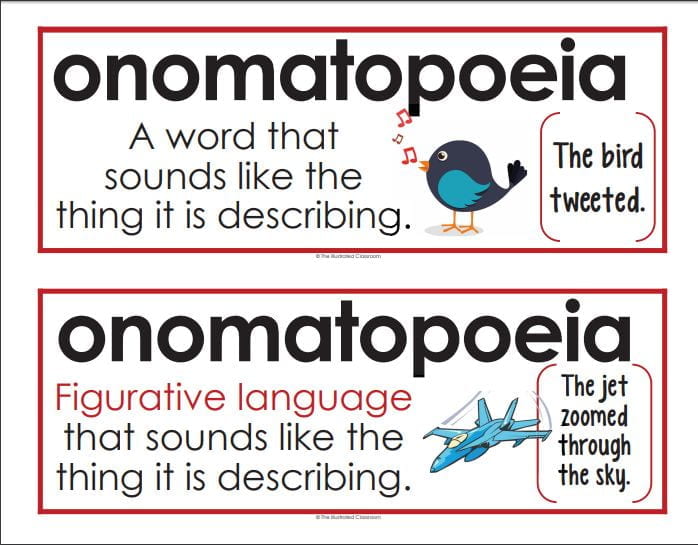

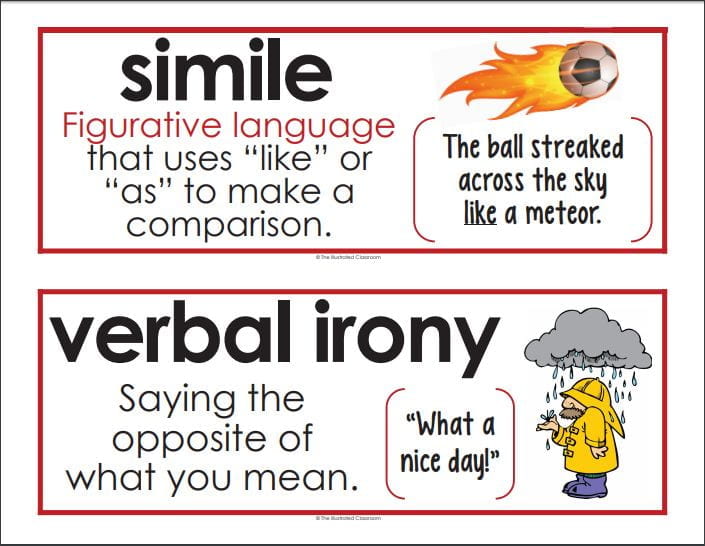
 Click here:
Click here:  Today we are focusing on revising all of our multiplication skills.
Today we are focusing on revising all of our multiplication skills.